 Historical Documents Unearthed in Tübingen, Germany
Historical Documents Unearthed in Tübingen, Germany
A recent PE article reveals the contents from the historical archive of the palaeontological collection in Tübingen, Germany. An assortment of letters, notes, drawings, photos and various other documents dating back to some of the founding fathers of German palaeontology of the nineteenth and twentieth century are now available to both the public and researchers.
Ingmar Werneburg has been the collections curator for Tübingen since 2016, when he happened upon a cabinet full of these assorted documents. Along with his former assistant, Juliane Hinz, the next year was spent examining, sorting, and cataloguing over 1,300 items which highlighted the history of the Tübingen collections.
Collections hold unlimited value. Werneburg says “Natural history collections are the centres for organism-oriented research both for biological and palaeontological studies. Fossils, like in the Tübingen collection, record the history of life on earth. Moreover, the historical objects and related documents illustrate the development of science over the last few centuries.”
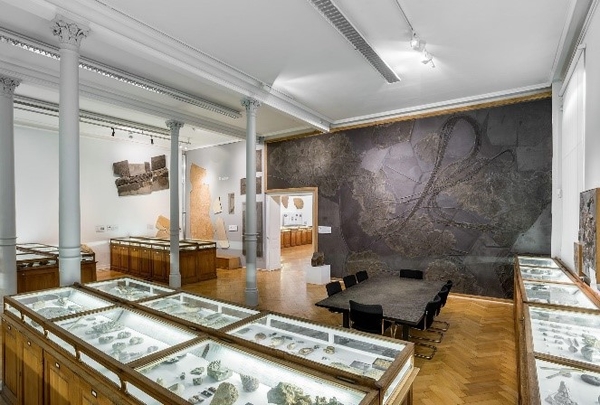
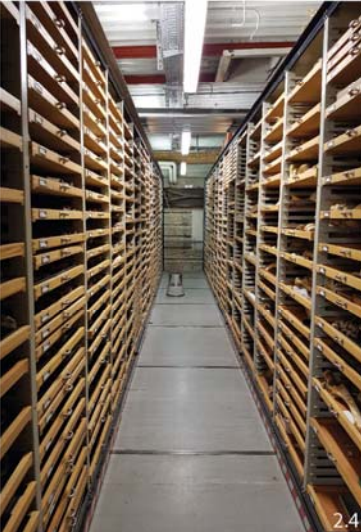
Left: Exhibit of the Swabian Alps and Earth history on display. Right: Behind the scenes specimen storage.
“With more than one million objects, Tübingen is the largest palaeontology-focused university collection in the world!” exclaims Werneburg.
Palaeontologists from all over the world come to peruse the collection or study specific parts.
“They often plan trips through Germany studying material also in other famous collections such as in Stuttgart, Berlin, Karlsruhe, and Frankfurt” says Werneburg. “With the present contribution, we hope to also attract historians and philosophers of science to use the written archive of our valuable collection.”
The Tübingen collection has a long and rich history, which this latest article emphasizes.
“For over 200 years, there have been curators caring about our collection. However, the focus of research, organization, and outreach activity has changed over time, and every curator shaped the collection with their own personal touch. The palaeontology collection at Tübingen consists of six separate collections, each with an individual history: 1. Systematic palaeontology of vertebrates, 2. Systematic palaeontology of invertebrates, 3. Stratigraphic palaeontology, 4. Collection of published material, 5. Micropalaeontology, 6. Palaeobotany.”
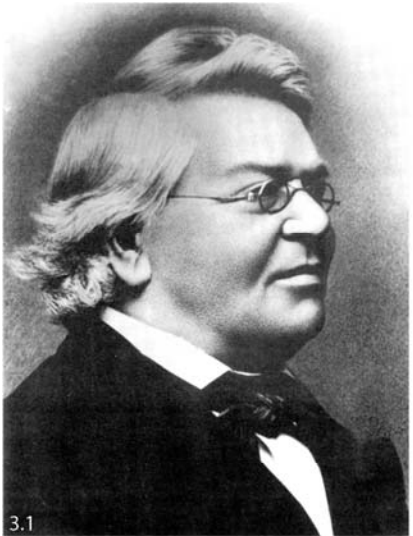
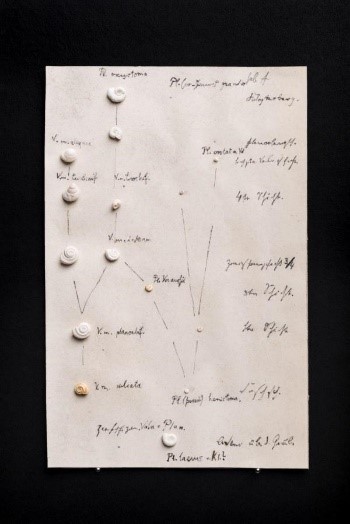
Left: Friedrich August von Quenstedt (1809-1889). Right: Franz Hilgendorf, a doctoral student of v. Quenstedt, created the first phylogenetic tree of true organisms (fossil snails) in the world: published 1863 in Tübingen, four years after “The Origin of Species” by Charles Darwin.
Tübingen is designed as a teaching collection with exhibits open to the public five days a week at no cost and tours available for kindergarten, school-aged, and university level audiences. However, only a small portion is on display for teaching purposes and the vast majority is stored behind the scenes out of the public eye. As the global science community is beginning to emphasize the importance of science communication and outreach, these are starting to be incorporated into future goals for the collection at Tübingen.
“In 2017, associated with the Germany-wide Senckenberg Society for Nature Research (SGN), our palaeontology collection became part of a new institute founded in Tübingen: ‘Senckenberg Centre for Human Evolution and Palaeoenvironment an der Universität Tübingen’. The collection itself still belongs to the university but is now coordinated by a Senckenberg-financed curator, so we do our collection work and research in the name of both University of Tübingen and Senckenberg” shares Werneburg.
“Senckenberg is well-known for its museums in Frankfurt, Görlitz, and Dresden. However, there are also hundreds of active researchers and dozens of collections in the seven Senckenberg-institutes all over Germany. Although Tübingen is not a Senckenberg-museum (with the required staff, outreach activities, and finances), we still do intensive geobiodiversity research and manage our collections to serve society” says Werneburg.
“There are some visions to create a natural history museum in our building together with other university collections of the city, incorporating zoology and mineralogy collections – but we are still far from that” relents Werneburg.
Some of the founding fathers of the University collection were quite the science communicators themselves, some regularly presenting public lectures or touring exhibitions.
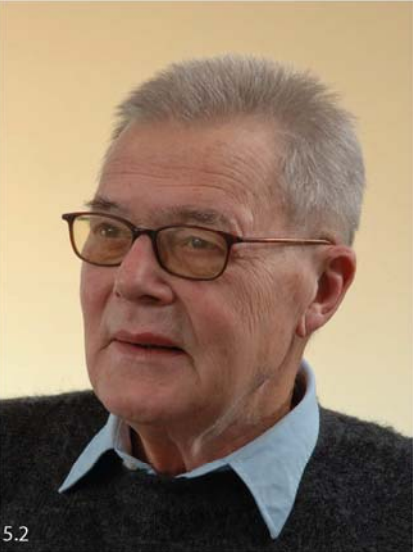
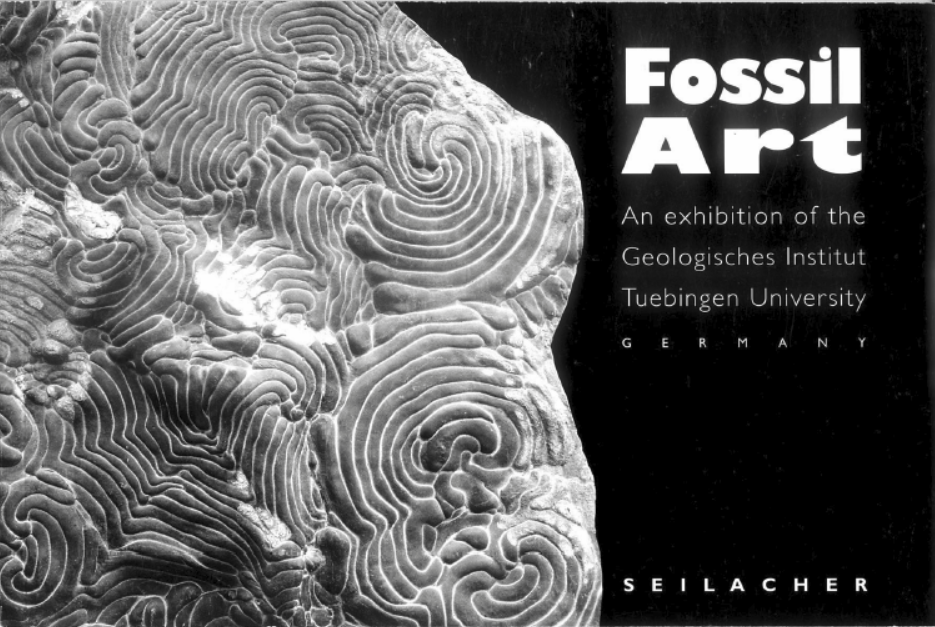
Left: Adolf Seilacher (1925-2014), with his great visionary reconstructions of fossil life communities, was the founding father of palaeoichnology: trace fossil research. Right: His touring exhibition “Fossil Art” inspired palaeontologists worldwide.
“Palaeontology always fascinated the public as we learn where we originate from and how life on earth evolved. We had several very important palaeontologists in Tübingen with fascinating observations, which alone triggered national and international recognition. Also, when you hike through the Swabian Alps nearby, you always find ammonites and other fossils and, as such, there was always a great interest among local people in the research from Tübingen palaeontology” shares Werneburg.
Tübingen has always been an important centre of European palaeontology. Over centuries, some of the founding fathers of palaeontology created not only a collection involving several thousand holotypes and over 20,000 published specimens but has built the Tübingen reputation for research and innovation. The diversity within the collection includes locally collected specimens from the Swabian Alps, Mesozoic marine fauna (ichthyosaurs, plesiosaurs, crocodiles, and mosasaurs), Pleistocene mammals, ammonites, trace fossils, microfossils, and the most comprehensive synapsid (precursors to early mammals) skeleton collection in the world.
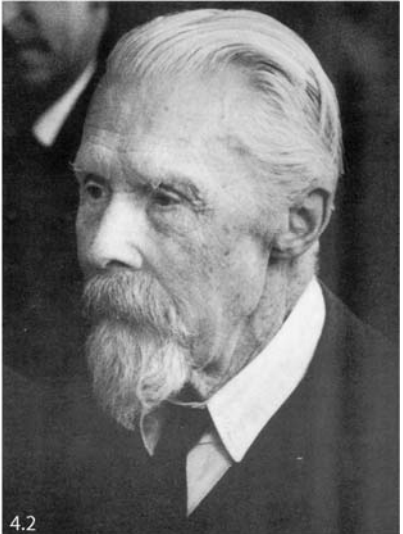
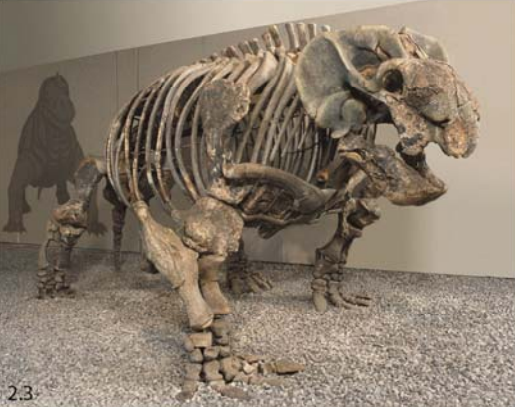
Left: Friedrich von Huene (1875-1969). Right: Mounted skeleton of Stahleckeria potens in the old therapsid room. v. Huene provided one of the first trees of detailed vertebrate phylogeny in the world and inspired generations of palaeontologists. He studied a broad taxonomic range of mammalian forerunners (Synapsida), dinosaurs, and marine reptiles. Based on integrated biological knowledge, he created very lively skeletal reconstructions for the Tübingen exhibition inspiring dozens of other fossil models worldwide.
When asked to sum up the overall importance of this article, Werneburg stated: “This article provides an exceptionally valuable list of historical documents associated with the history of one of the most important and oldest palaeontological collections in the world. It should inspire not only researchers interested in the history of our unique fossils but also those who are interested in the history of palaeontology and science in general.”
To read more about these latest findings and the history of the Tübingen collection, you can find the original article here.